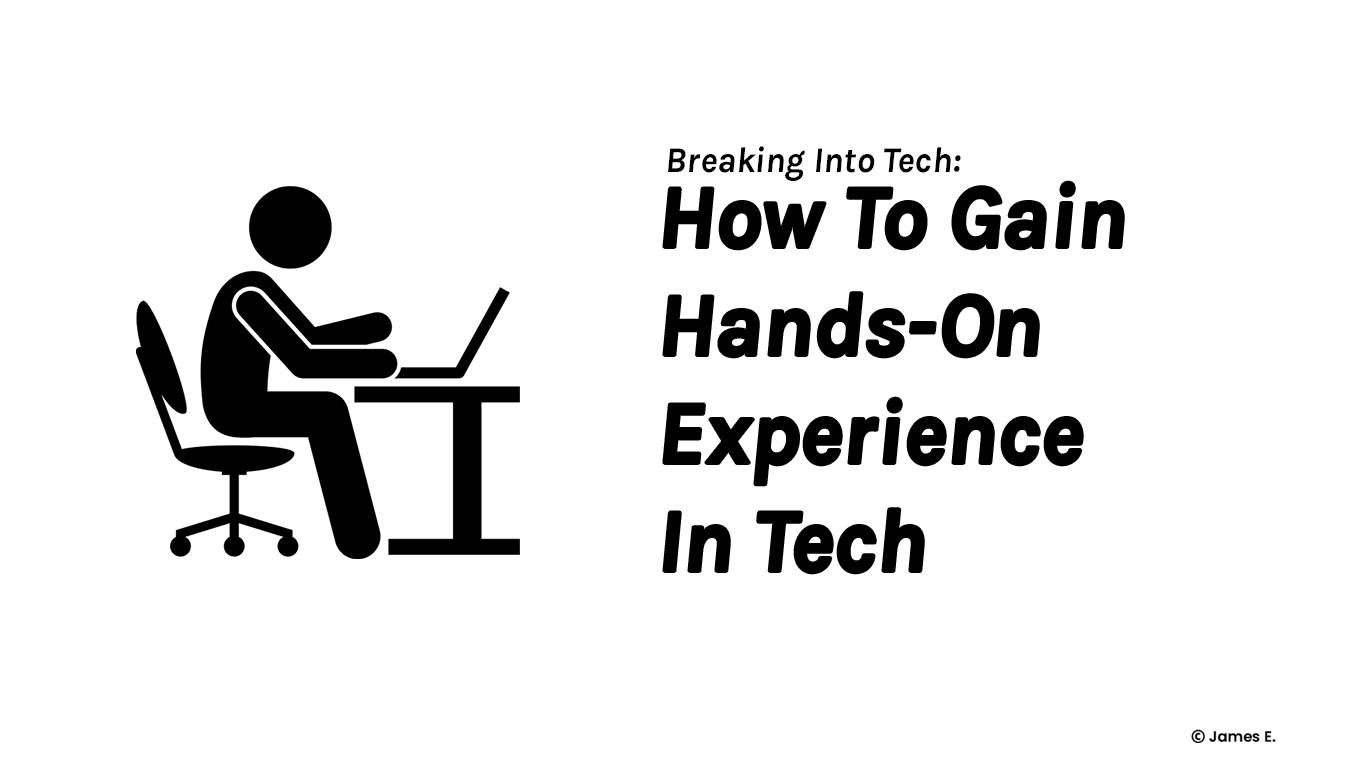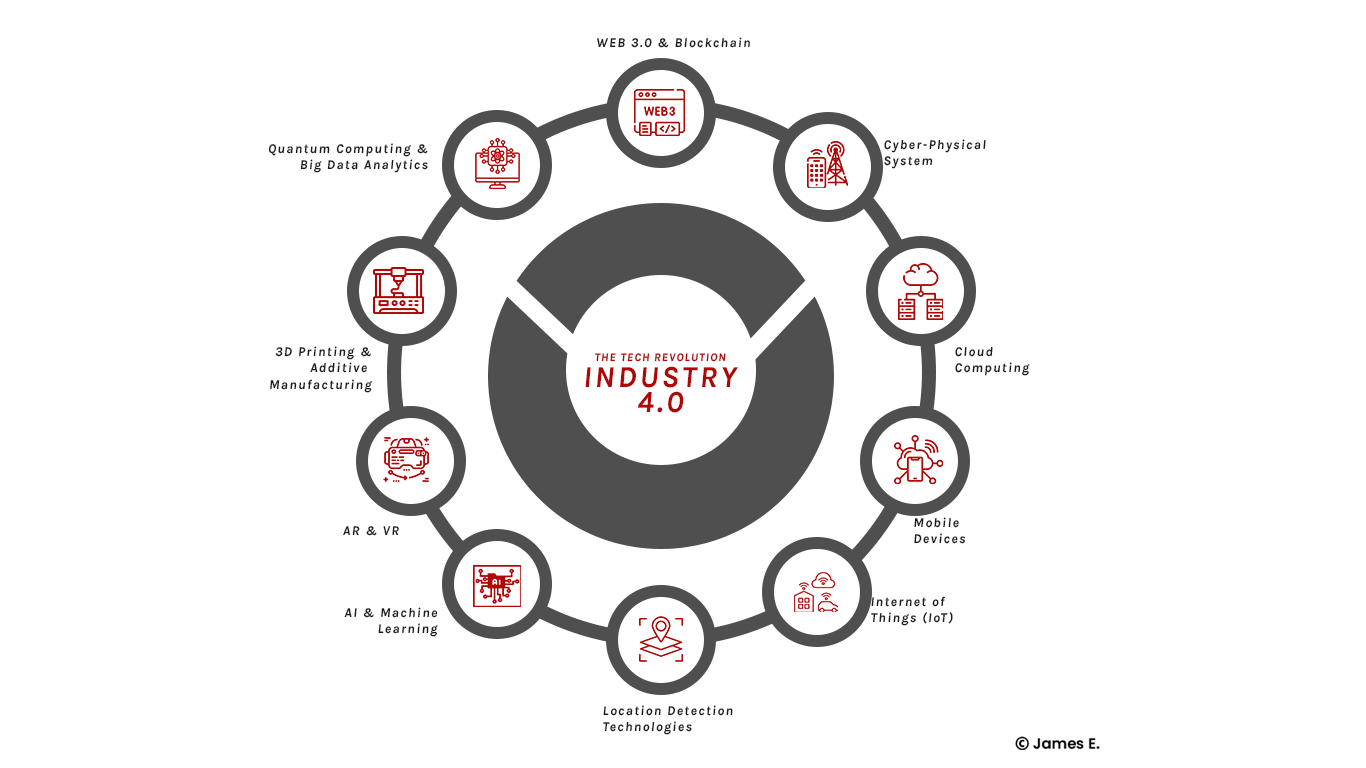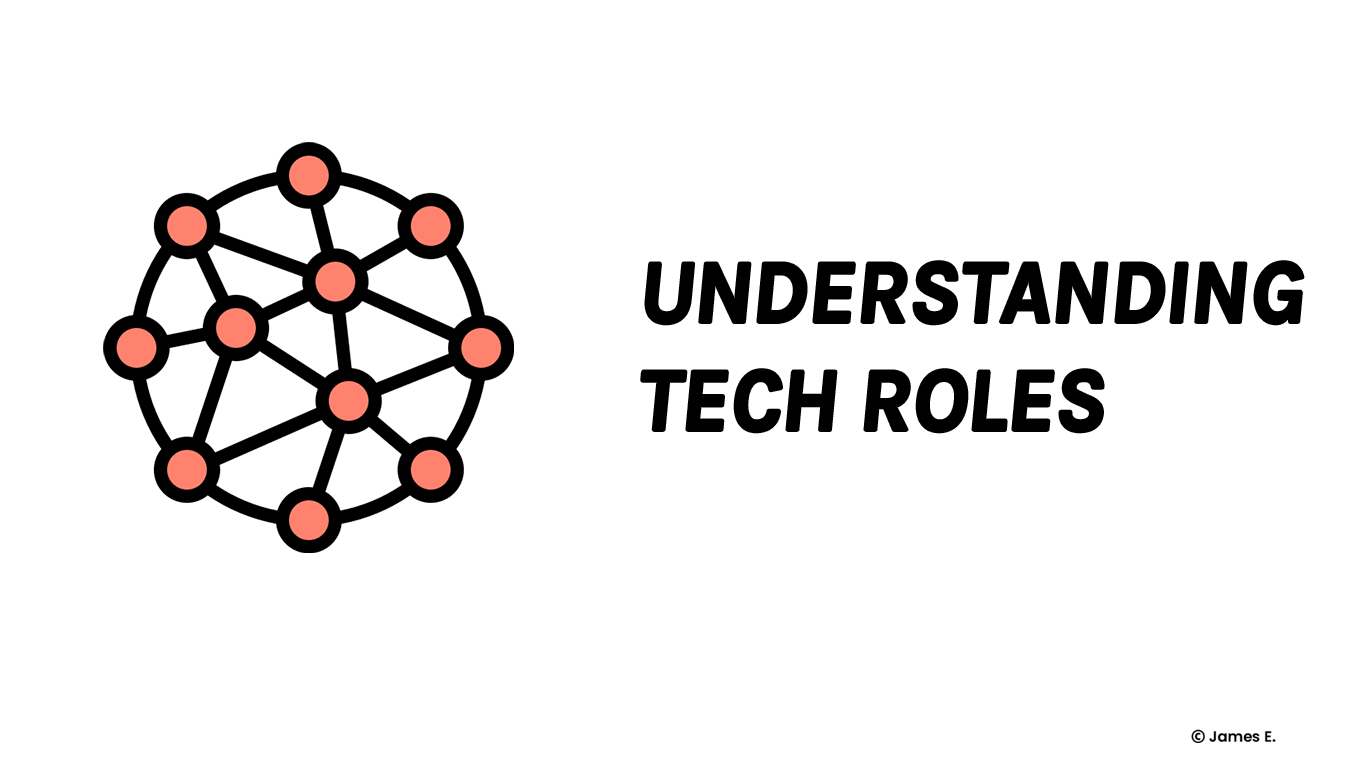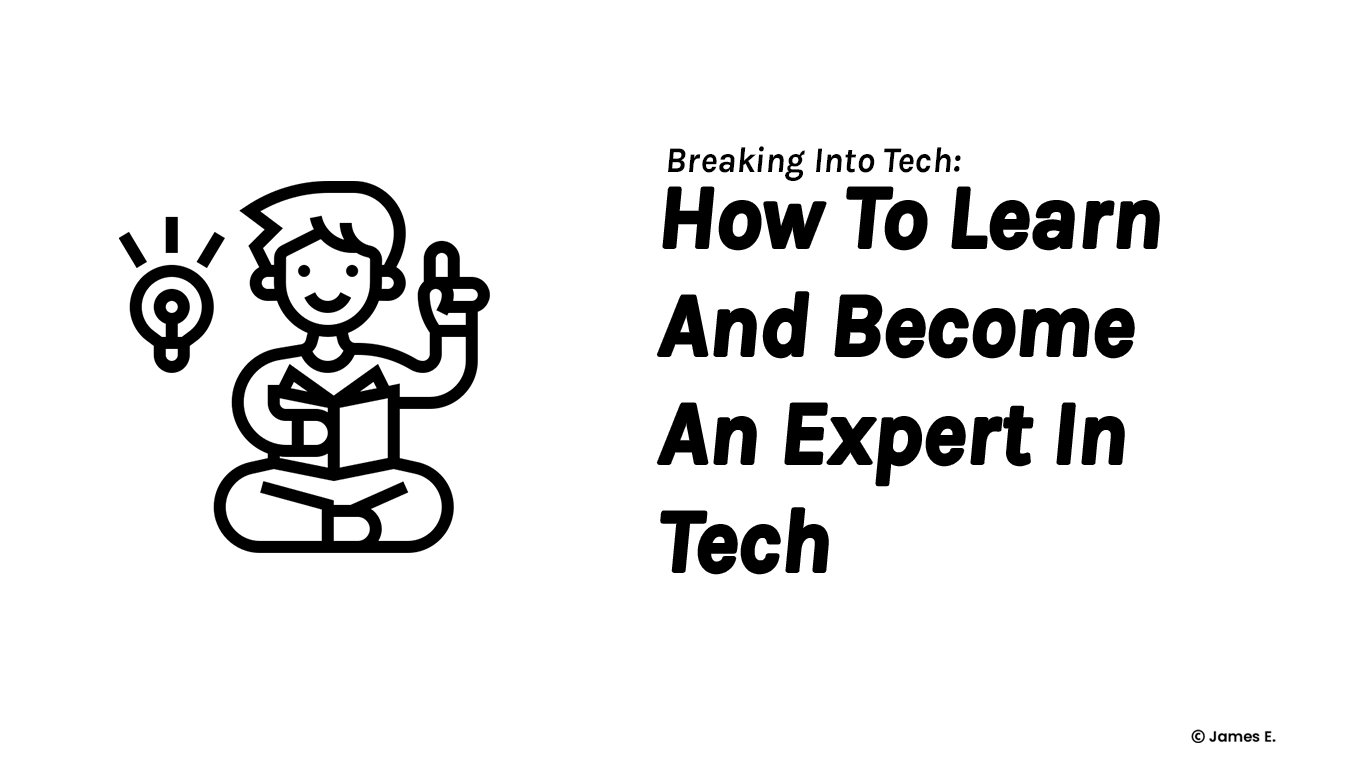
Are you ready to elevate your tech knowledge again? You can be sure that you will learn a lot from this article. I am also confident that you have given yourself to more learning as that was the focus in the last article.
Good news! My major consideration for you today is how to gain hands-on experience in the tech industry. As you know, the Tech industry has been growing very fast in the last few years and has been highly lucrative. For example, the world's richest people are either involved in one tech space or another. I believe that all these individuals needed to do was to look for a problem in their world and then figure out a perfect solution. This is the essence of hands-on experience.
Hands-on experience is simply the practical and real-world application of the skills and knowledge that you have acquired. It is beyond just doing something practical but something practical geared towards creating solutions for your immediate environment or for an organization you decide to volunteer with. So, it can either be that you are building a real-world project or contributing to an open source. Do you want to understand this better? Just continue reading and a bonus for you today is that you will get to learn how to build a portfolio.
Creating Real-World Projects
Moving forward, A great way to gain hands-on experience in the industry is by creating projects that can be used and maximized by people for positive results. Real-world projects enable you to demonstrate your expertise and gain more technological knowledge. It is a way to explore your ability to think creatively and deliver real-life solutions. I call it bringing your skills to life. All you need to do is start with the areas you are passionate about or start with creating solutions to problems around you using the skills you have just recently learned.
You should also note that executing the project is the main goal. If you make mistakes while on it, do not feel bad. It is an avenue for you to learn and do better next time and there is always room for improvement.
It will also excite you to know that prospective employers actually value practical experience more than technical knowledge, the point is applying what you know and not saying what you know.
Talking about examples of real-world projects, they are numerous and the one you can venture into depends on factors like location, finances, time commitment, learning style, and available resources amongst many others. Here are a few examples you can try out:
Building an App/Website for an Organization: You can volunteer to create a website or an app for an organization or non-profit organization to showcase its mission, projects, and objectives. What you stand to gain in doing this apart from gaining hands-on experience is that you will also get a clue about industry standards and networking opportunities.
Online Store: You can consider setting up an online store for a trading firm or you can apply to create one for an outlet that buys and sells. In doing this, you will also gain knowledge of e-commerce basics, backend programming, and databases. This will mean that you are creating solutions to an existing problem and you are also learning at the same time.
Blog or Tutorial Writing: For a content writer, setting up a writing blog or tutorial blog is a way of creating solutions to the problems in your immediate world. You can write tech blogs or tutorials related to what you have learned and what you have researched. Doing this will improve your content writing and research skills helping you to explain complex topics in simple terms for people to understand better.
Contributing to Open-Source Projects
This method allows you to gain a collaborative advantage. It means actively participating in public software projects where the source code is freely available for anyone to view, use, and improve. By contributing to open source, you gain practical experience and collaborate with other tech users while also helping to build valuable tools and resources that are shared and needed by the tech community and society at large.
Also, This collaboration helps you understand industry standards, best practices, and the importance of clear communication within a team setting. These skills are highly valued by employers.
Furthermore, open-source contributions provide valuable feedback from fellow contributors and project maintainers. This feedback system is a priceless learning tool, as it allows you to continuously refine your skills and adapt to industry standards. Here are some globally popular open-source projects you can contribute to:
Linux: This is an open-source operating system kernel, used as the foundation for numerous distributions which can be improved by contributing code, documentation, and security patches.
Mozilla Firefox: This is a widely-used open-source web browser, with opportunities to contribute to features, bug fixes, and enhancements related to privacy and web standards.
WordPress: This is a global content management system for websites, blogs, content writing, and tutorial writing. It allows contributions in plugin development, core improvements, and theme design.
React: This is a JavaScript library for building user interfaces. It is maintained by Meta. It allows you to contribute to components, bug fixes, and new features to support developers worldwide.
Home Assistant: This is an open-source home automation platform. With this, you can contribute by creating integrations for smart devices, You can also improve your UI/UX skills, and develop new features for IoT.
It is also worth noting here that there are various open-source projects that you can contribute to depending on your location, skills, finances, and some other factors. You can make use of search engines to find out more about open-source projects.
Moving further, the next step after gaining hands-on experience is to build a portfolio. I will explain this in-depth in the following paragraphs.
Building a Strong Portfolio: Showcasing Your Skills
A portfolio simply means showcasing your achievements or past projects. In tech industries, a portfolio often includes examples of completed projects, such as websites, applications, articles, or design work, and may include descriptions of each project, the skills used, and the outcomes achieved.
Portfolios can be in physical or digital form, like a website or PDF document, and the purpose is to demonstrate your abilities to potential employers, clients, or collaborators.
Also, a well-crafted portfolio is essential for making an impression. It's a structured story that communicates your journey, skills, and passion for solving problems.
Curriculum Vitae (CV)/Resume, and website are basic ways of building portfolios.
To showcase your journey skills, passion, and projects, consider organizing it into clear sections:
About Me: You need to start with a concise bio that tells about you and the story of your tech journey. This should be followed by sharing what sparked your interest in tech.
If you’ve taken any formal or self-paced courses, internships, or freelance work, mention those to highlight your commitment. This section is also an opportunity to sell your personality and work style, giving viewers and readers a sense of who you are beyond your skills as a tech enthusiast. This section should also be short and concise.
Projects: Select projects that showcase a wide range of skills and your versatility. Each project should include a brief description of its purpose, your role, and the technologies or tools you used. Also, discuss any real-world problem your project addresses, how you approached it, and the value it added to the world/organization.
Skills: This section is essential for showcasing the vast knowledge you have garnered on this journey. Also, if it happens that you’re currently learning new skills, feel free to mention them.
Open-Source Contributions: If you’ve contributed to open-source projects, include details about the contributions you made. Maximizing this section would mean that you accurately showcase your ability to collaborate with other developers, communicate clearly, and work within an established system.
Conclusion
Gaining hands-on experience is the best thing you can do for yourself after any theoretical learning. You can do it through creating real-world projects or contributing to an open-source project.
Let me add that building an outstanding portfolio means that your portfolio must be user-friendly while reflecting your skills and passion. It must be clean and well-arranged. You can also seek the advice of a senior to review your portfolio so it can be in its best form. Whatever is worth doing is worth doing best.
A glimpse into the next article; How to build relationships and find mentors within the industry.
Do not stop learning!





